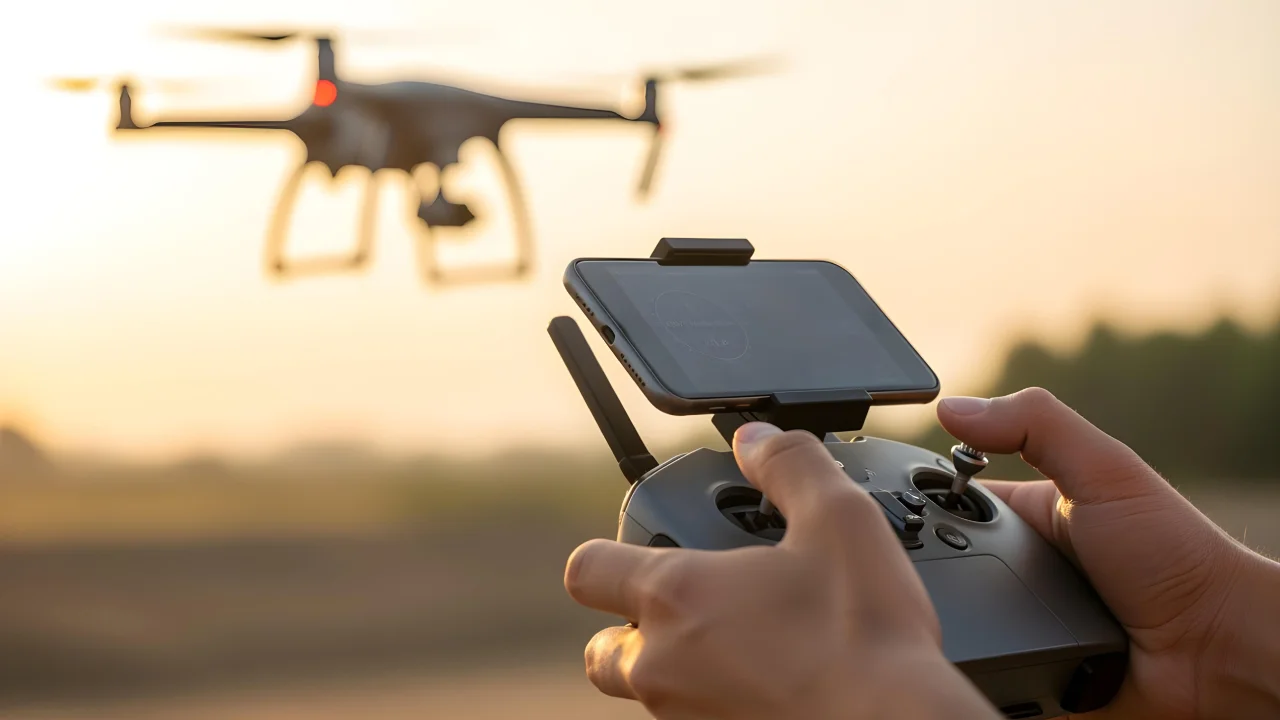Hydrogen-powered drones offer an eco-friendly solution to modern agricultural challenges. They enable farmers to monitor large areas more effectively, saving time and resources while enhancing crop health management. This tutorial walks you through the basics of using drones for agricultural applications.
1. Choosing the Right Drone
The first step in agricultural monitoring is selecting the appropriate drone. Hydrogen-powered drones are ideal for this task due to their long flight time and ability to carry heavy sensors for precision agriculture. Look for models equipped with multispectral or thermal cameras for optimal crop analysis.
2. Pre-Flight Planning
Before flying, map out the flight path using a drone planning tool. Make sure to account for wind conditions, battery life, and obstacles such as trees and buildings. Planning the mission will ensure the drone operates within optimal conditions, avoiding potential hazards.
3. Data Collection
During the flight, the drone will capture valuable data such as plant health, soil moisture, and temperature. This data helps farmers identify areas that need irrigation or pest control. Hydrogen-powered drones are particularly suited for long-duration flights, allowing them to cover large fields without frequent recharging.
4. Post-Flight Analysis
After the flight, transfer the collected data to a computer or cloud platform for analysis. Use specialized software to interpret the data and make informed decisions about crop management.
Final Thoughts
Hydrogen drones are transforming the agricultural industry by making farm management more efficient, sustainable, and data-driven. With their long endurance and low environmental impact, these drones are a game-changer for precision farming.



